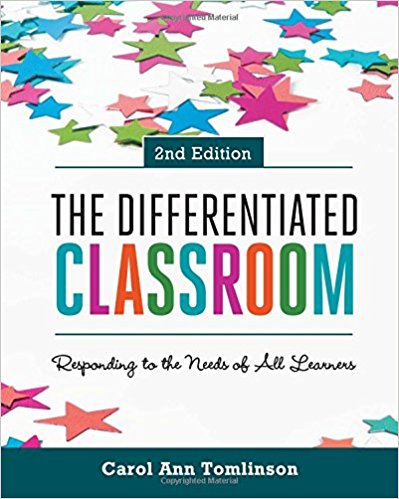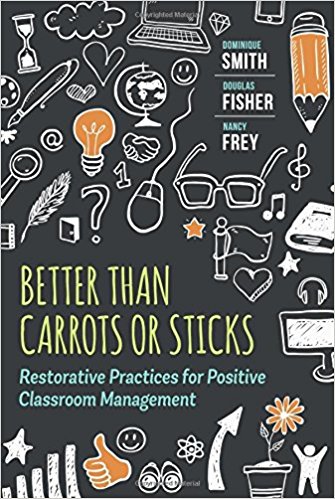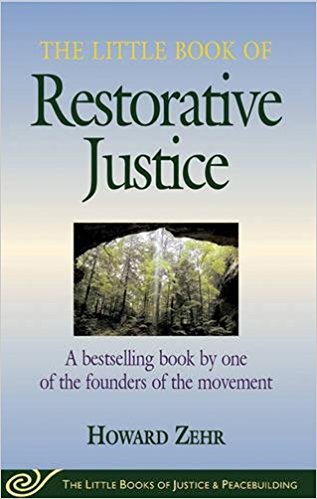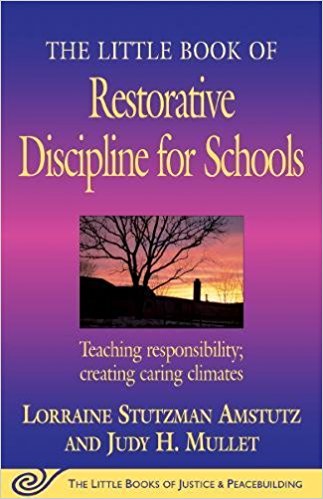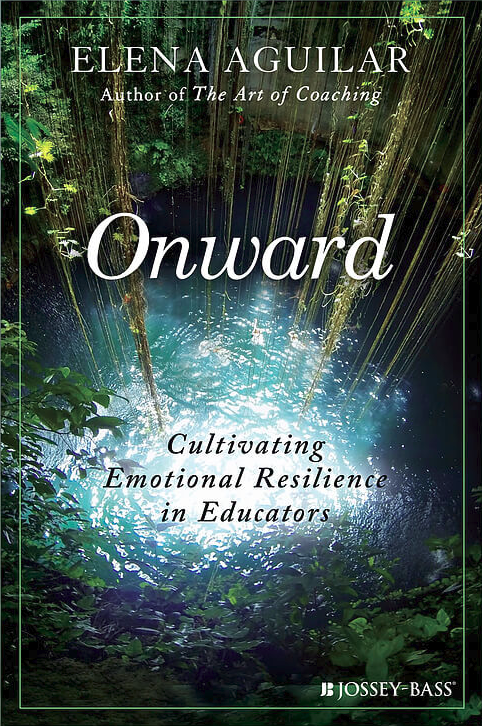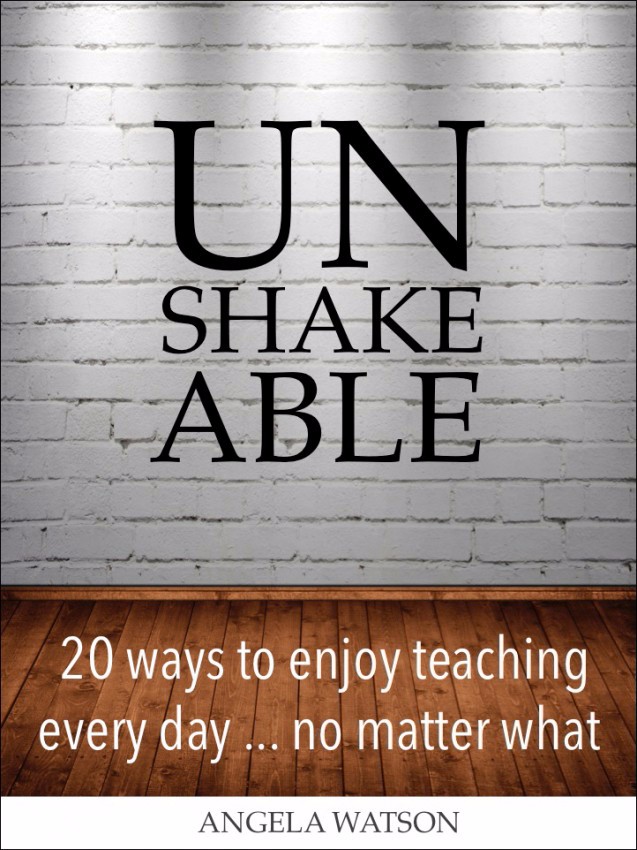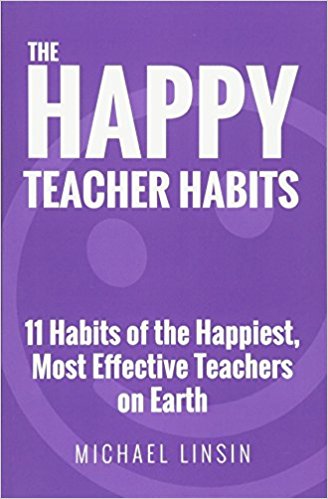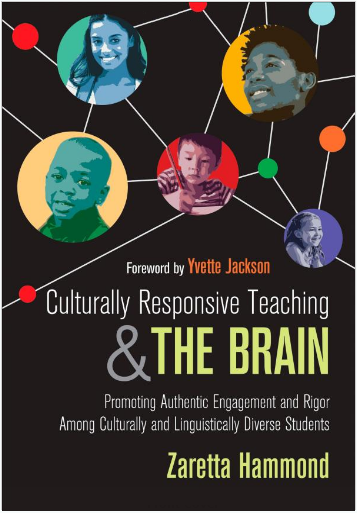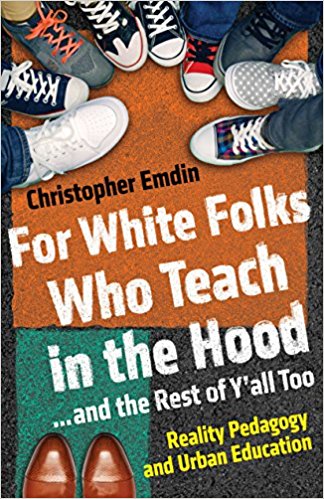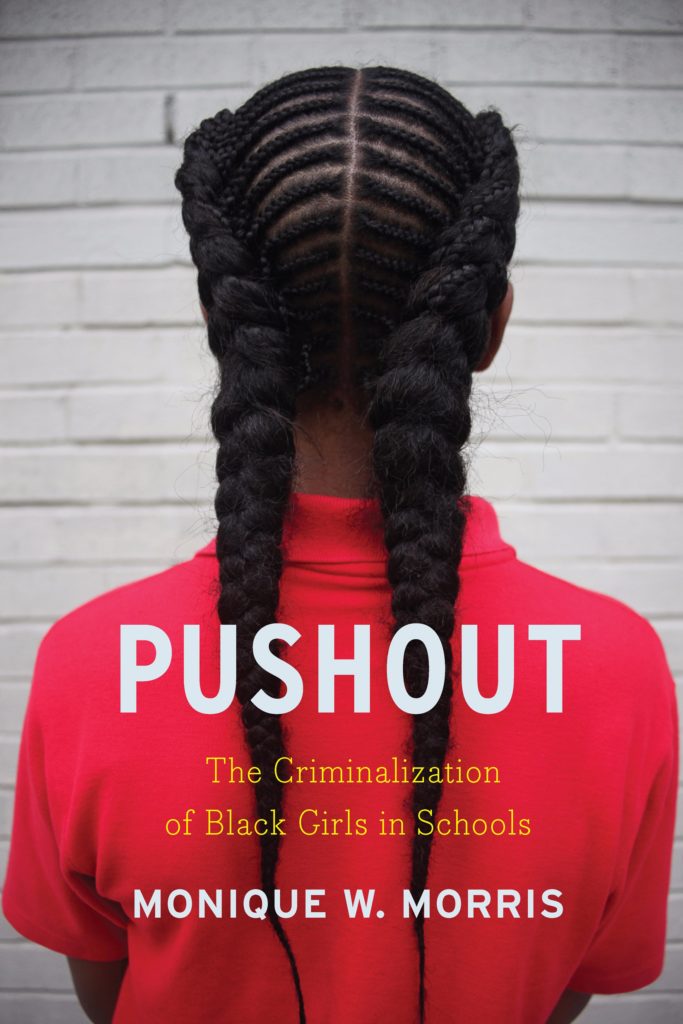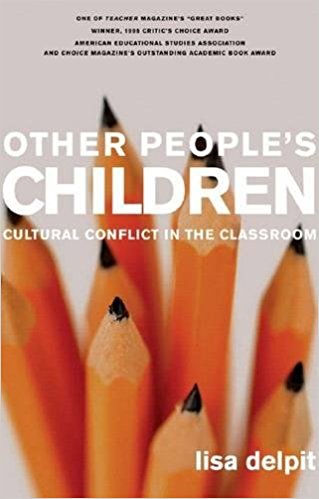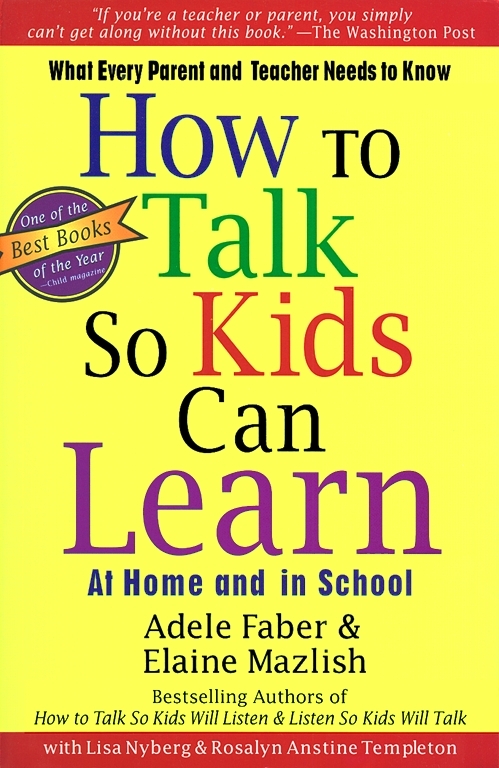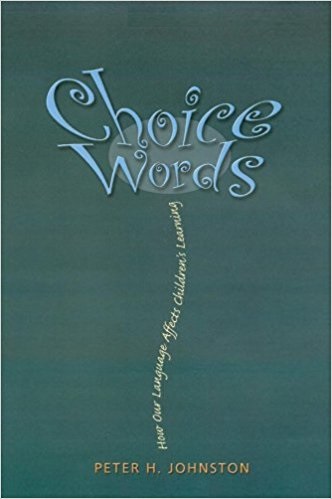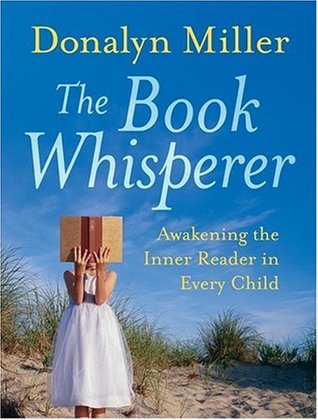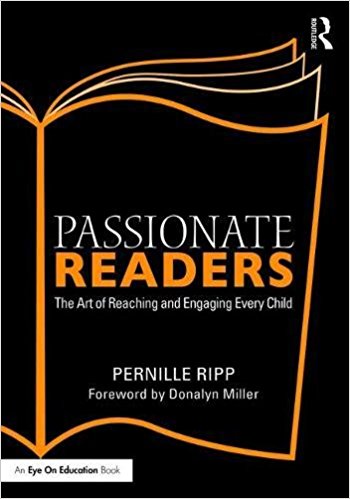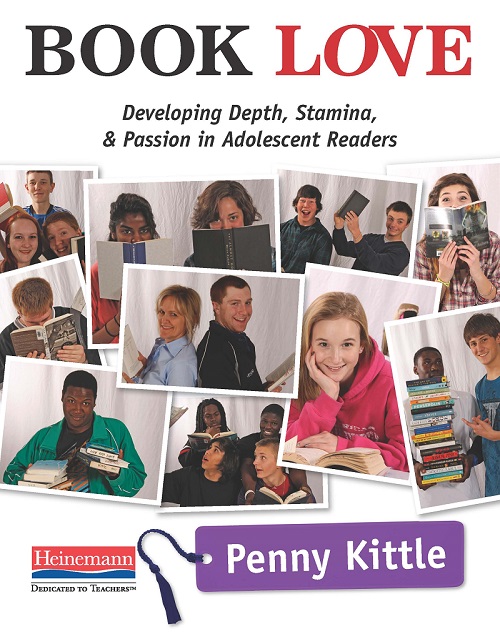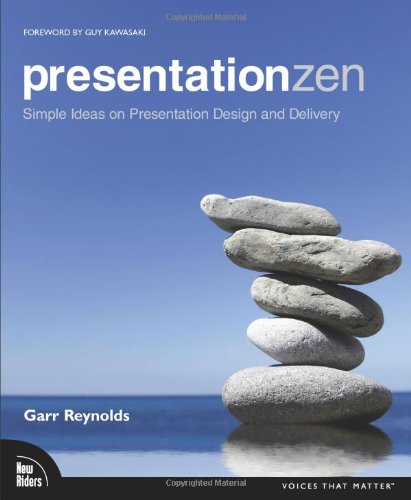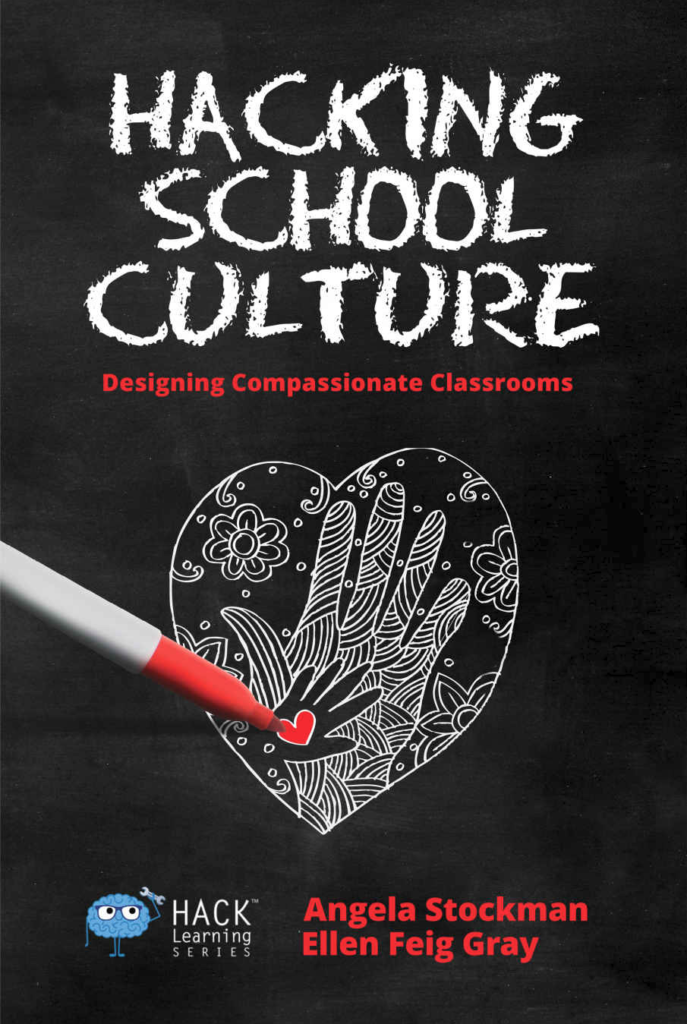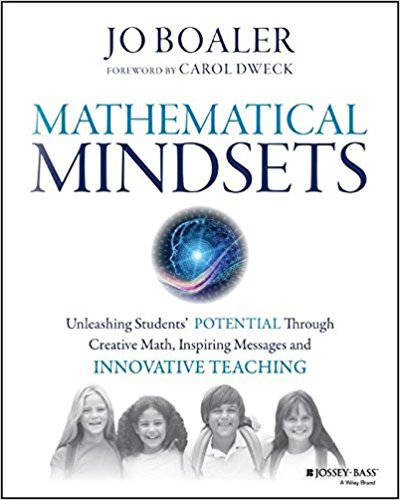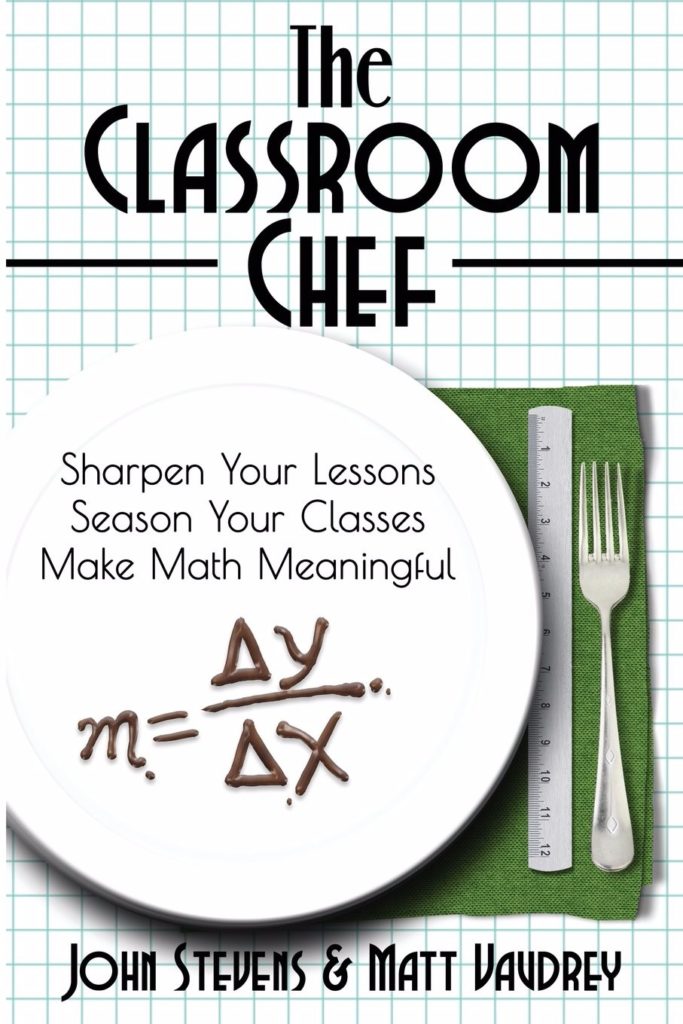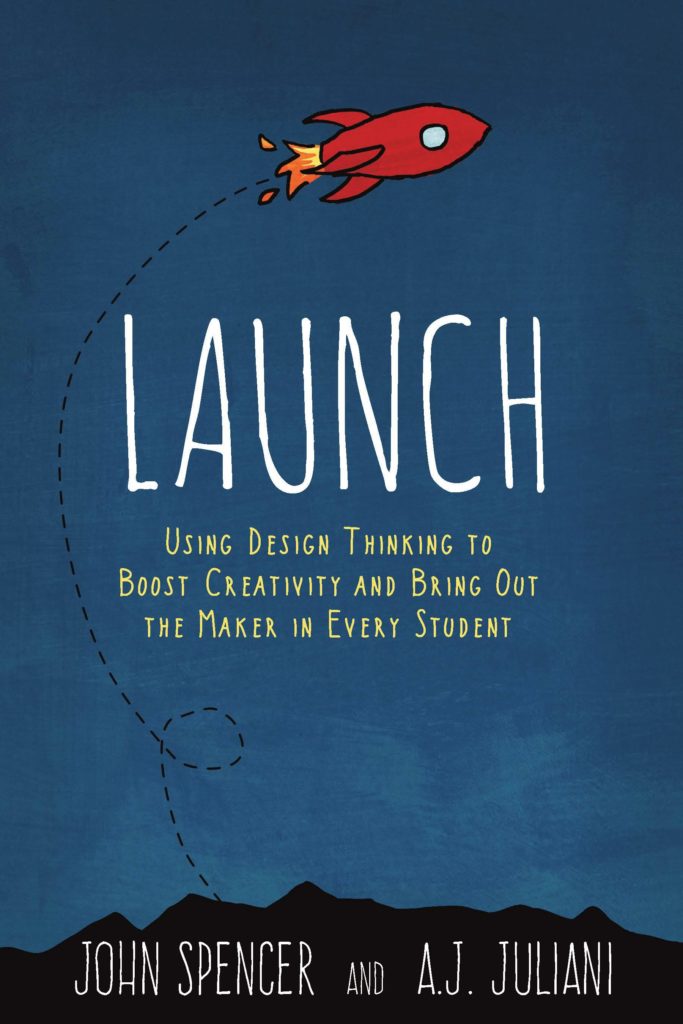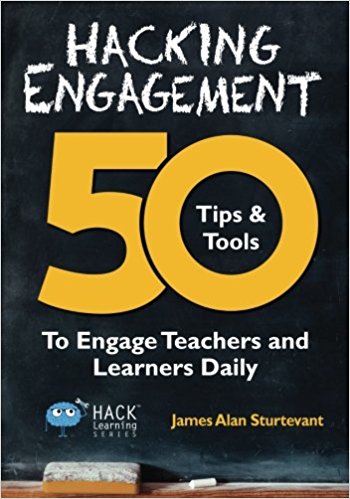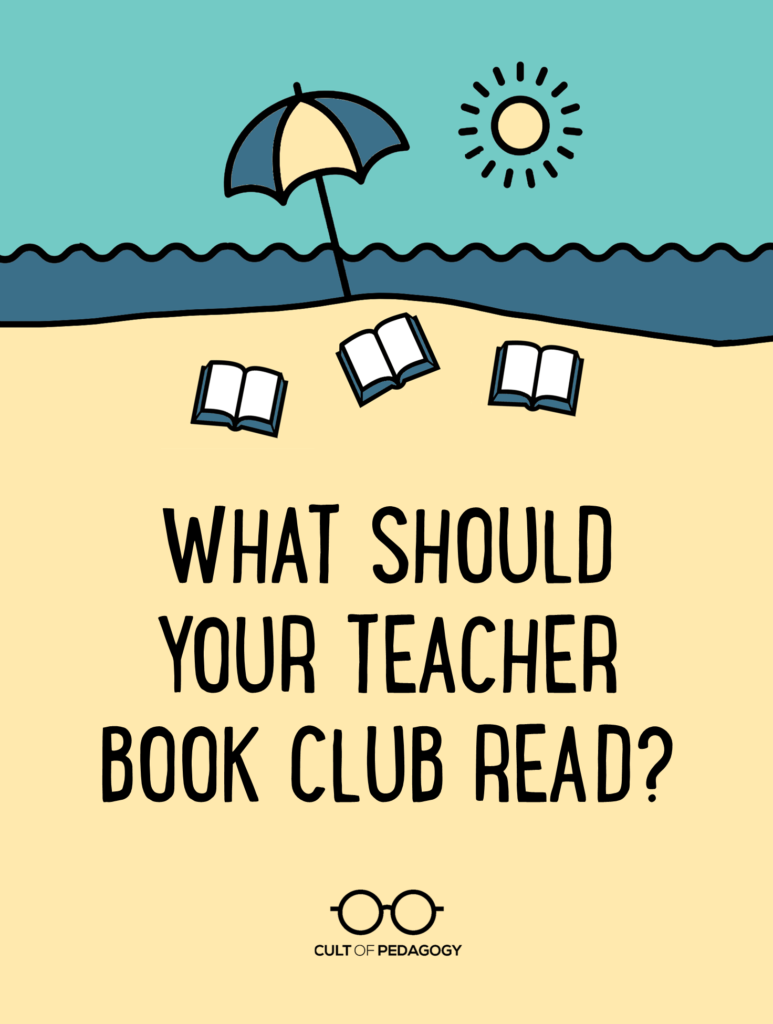
This post contains Amazon Affiliate links. When you make a purchase through these links, Cult of Pedagogy gets a small percentage of the sale at no extra cost to you.
When people talk about teachers having summers off, most teachers laugh. You know that although summer gives you more unscheduled time to travel, rest, and spend time with family, you also use a big chunk of that time preparing for the next school year. That includes learning new methods, improving your tech skills, attending conferences and other professional development events, and lots and lots of reading.
But what should you read? And what are the best ways to get the reading done? I’ve pulled together some great titles to consider, along with some advice for how to choose the one that’s right for you. If you’re doing this with a group, I also have suggestions for making that work well.
Start with Your Goals
This list is organized by goals—specific teaching-related interests you may have, problems you might want to solve, or stuff you’ve always wanted to get better at. I’m organizing them this way because there are so many education books out there—choosing books can be overwhelming. It’s easier to narrow it down and prioritize if you start by thinking about what your goals are. Try my Gut-Level Teacher Reflection exercise to pinpoint your most pressing needs, or just browse the goals below.
Suggestions for Book Club Success
If you just want to get together, drink wine, eat mini-quiches, and laugh about why you didn’t actually read the book, that’s fine. I’ve been in plenty of book clubs like that, and made some life-long friends as a result. But if you’re committed to actually improving your teaching with this book study, here are a couple of strategies that will help you get more out of it.
- Divide and Conquer: For many of the goals listed below, I am suggesting more than one book. You may not be able to read them all, so try this: Choose one book that the whole group will read together. Then, with the remaining books, have smaller groups form to read those and report their key take-aways to the group. If you only want to add one extra book, assign different chapters to different people. This way everyone has a central text to anchor their thinking and establish a common vocabulary, but the whole group can benefit from the wisdom in other texts.
- Set a Schedule: To keep everyone on track, set deadlines when chapters or sections will be read, and when you’ll talk about them. Even if people end up not sticking to the schedule, just having one should prompt more people to actually read.
- Summarize/Question/Apply: Consider structuring your meetings around three main parts: (1) Invite someone to summarize the reading in their own words. This will get everyone on the same page and will help those who aren’t caught up on the reading to get familiar with the big ideas. (2) Move into a discussion phase, which can be built on questions contributed by group members. (3) Finally, get every group member to talk about how they can apply the ideas to their own practice.
- Use Voxer: Getting together in person is important, but if it’s not possible or you can’t meet as often as you’d like, try starting a discussion group on the Voxer app. It allows you to talk in a group through voice messages and is fantastic for keeping up a long conversation that everyone can participate in whenever they have time. If you want to see how it works, watch me demonstrate it in this video.
The Books
I have read and reviewed many of these books on this site—if a review or author interview exists for any of these book on Cult of Pedagogy, I will indicate that under the book cover. Others on this list I have not read personally, but they come highly recommended by others.
Clicking on the book cover will take you to its page on Amazon. Links are set to open in the same window; to open in a new window, just right-click on the link, or use command-click on a Mac.
Goal: Get Better at Differentiation
Blog posts to pair with this book:
Self-Paced Learning: How one Teacher Does It
Using Playlists to Differentiate Instruction
A Starter Kit for Differentiated Instruction
4 Ways Microsoft is Making Learning More Accessible
Goal: Start Using Restorative Practices
Blog post to pair with these books:
Restorative Justice in School: An Overview
Goal: Feel Stronger and Happier as a Teacher
Goal: Build Your Cultural Competence
Blog Posts to Pair with These Books:
Four Ways Teachers Can Support Students of Color
How We Pronounce Student Names, and Why it Matters
12 Ways to Support English Learners in the Mainstream Classroom
Goal: Improve the Way You Communicate with Students
Goal: Teach Students to Love Reading
Blog Post to Pair with These Books:
How to Stop Killing the Love of Reading
Goal: Revamp those Yucky PowerPoints (or Google Slides)
Goal: A Kinder, More Compassionate School
Goal: Give Your Math Instruction an Upgrade
Goal: Make Your Teaching More Creative
What do you recommend?
I’m sure I have missed a lot of great books here, so let’s keep this going. In the comments, let me know what books you would recommend for a teacher book study.
Join my mailing list and get weekly tips, tools, and inspiration that will make your teaching more effective and fun. You’ll get access to our members-only library of free downloads, including 20 Ways to Cut Your Grading Time in Half, the e-booklet that has helped thousands of teachers save time on grading. Over 50,000 teachers have already joined—come on in!
